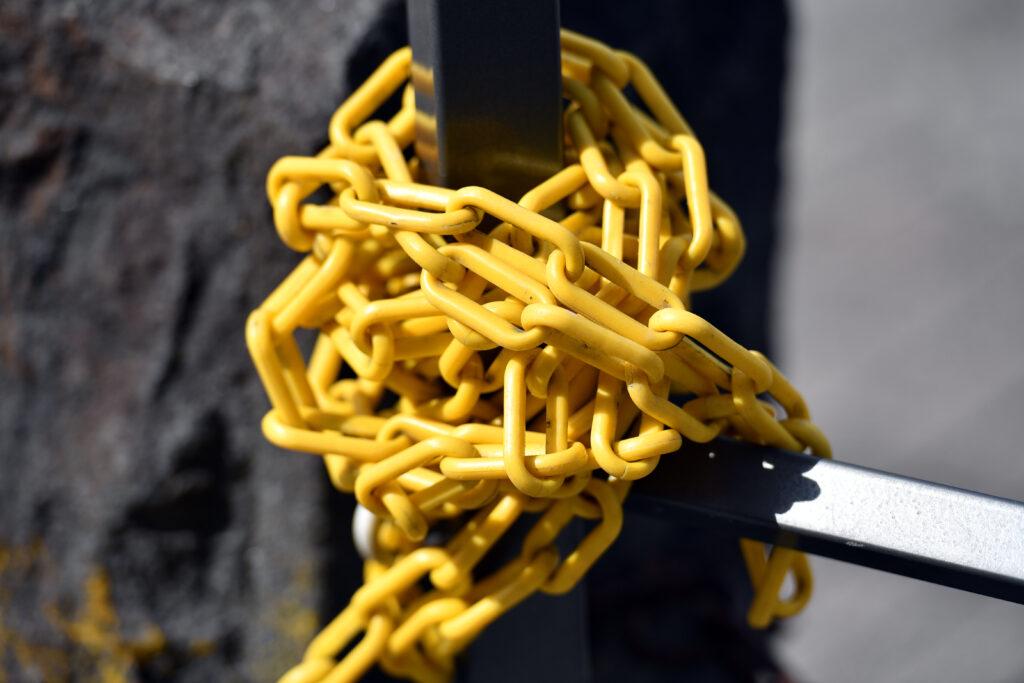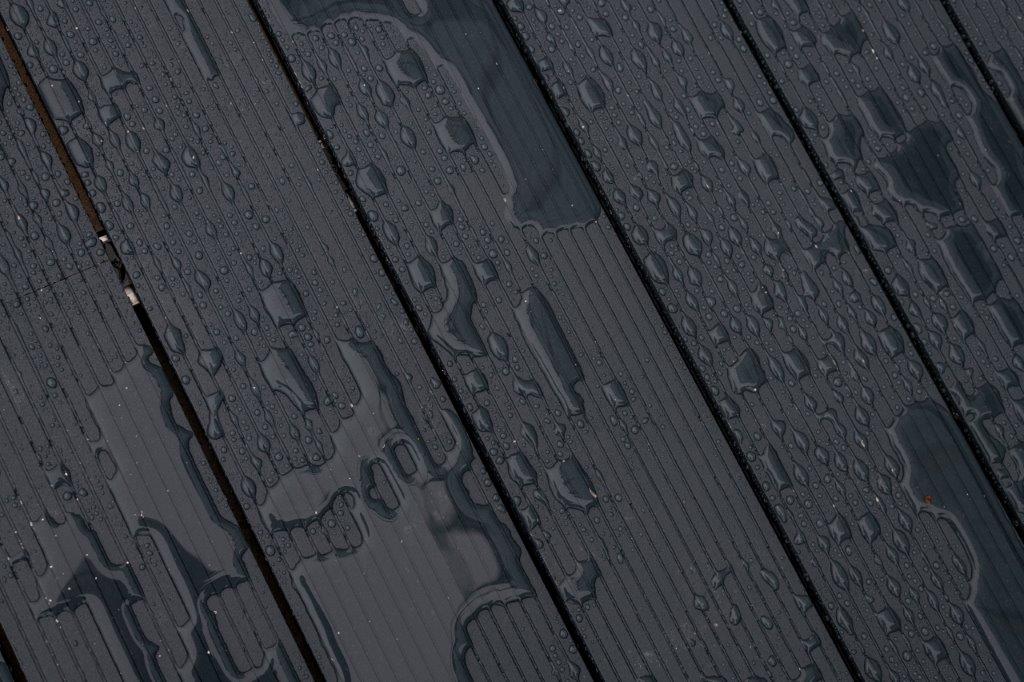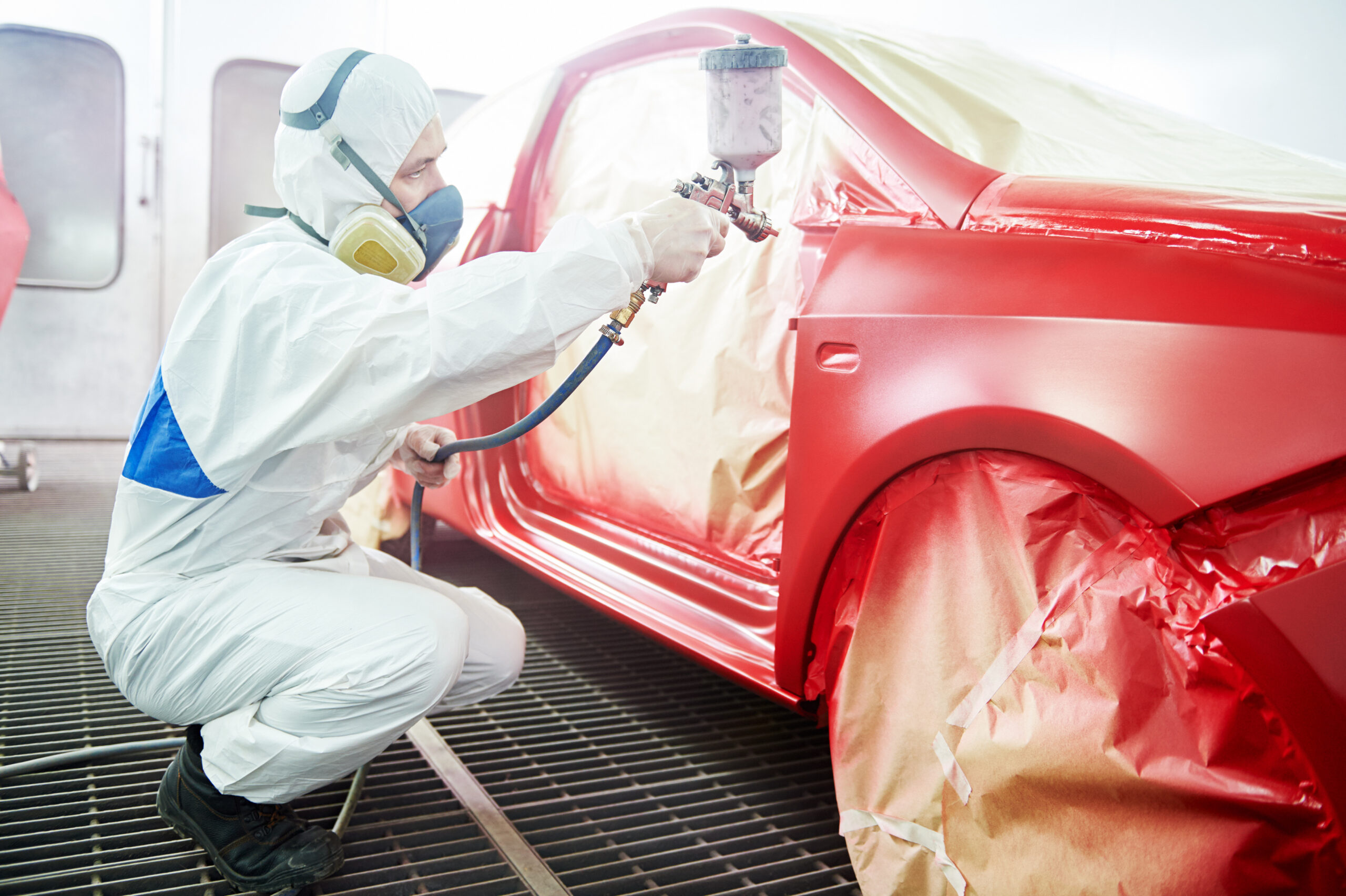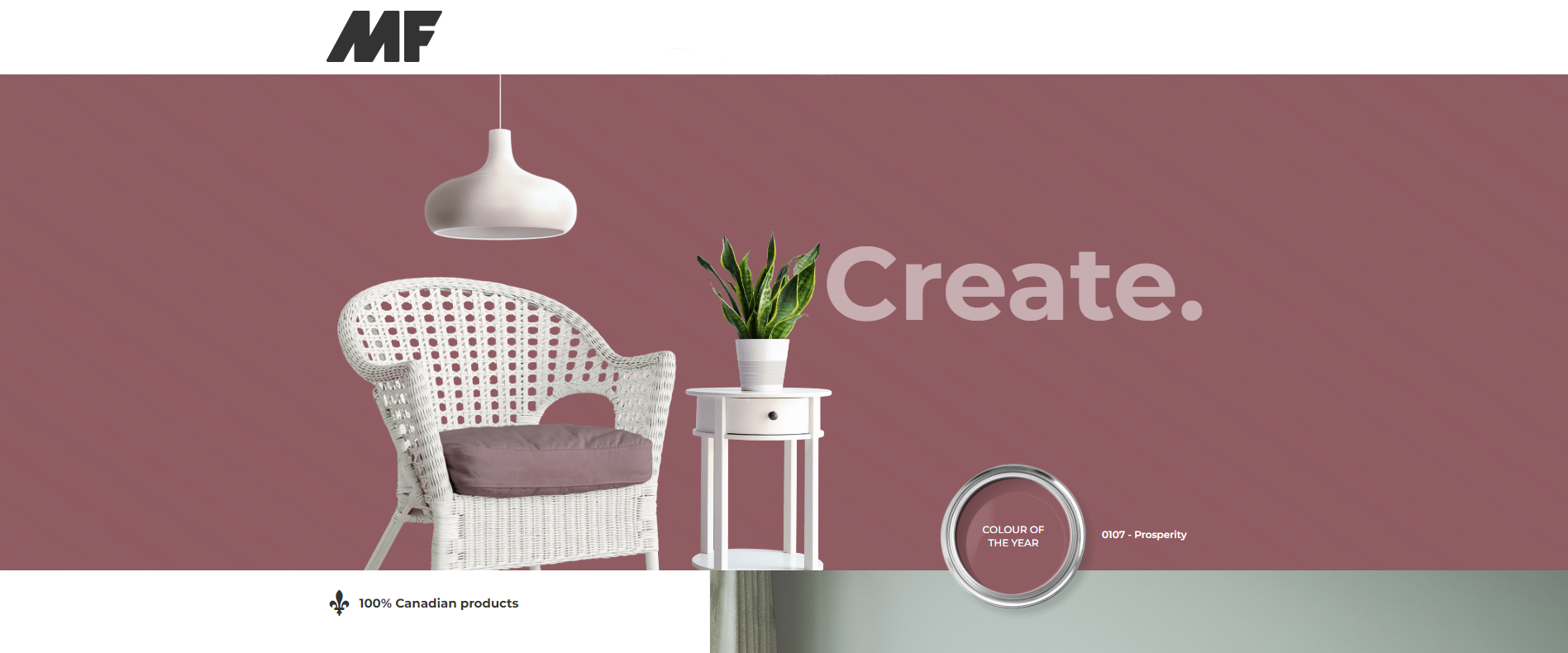How is PLASTISOL applied?
PLASTISOL is a high-performance liquid plastic that’s great for a wide variety of applications. Find out more about the different ways you can apply plastisol, and choose the best one for your specific project.
DIP COATING
This is the most common application technique for PLASTISOL. Workpieces to be dip-coated can first be preheated when the technique is called hot-dip coating. If not preheated, then we are talking about cold-dip coating.
In hot-dip coating, both the workpiece and the PLASTISOL resin are heated (the PLASTISOL is heated until bubbles appear). The workpiece is partially or fully immersed in the liquid PLASTISOL and then quickly removed. The workpiece is then heat-cured to solidify the coating and allowed to cool.
The advantage of hot-dip coating is that it’s possible to achieve coats of varying thicknesses. Simply adjust the temperature of the workpiece – the higher the temperature, the thicker the coating. In this way, a coating can be obtained as thin as 0.5 mm or as thick as 5 mm, although it also depends on the size, profile, and weight of the workpiece.
Hot-dip coating is most suited to metal workpieces, such as electrical tools and components, coat hangers, handle grips, wire dish drainers, wire baskets, etc. Basically, the technique works well with any workpiece that can withstand the temperatures during the preheating and curing stages of the process. Cold-dip coating is used for workpieces made of materials that would not survive heating, such as wood or fabric.
HOT-DIP & CENTRIFUGE
In a variety of hot-dip coating, the workpiece can be taken straight from the dip coating bath and placed in a strong industrial centrifuge. The fast-spinning motion sends PLASTISOL into any nooks and crannies of the workpiece. This technique is very efficient in coating workpieces with highly complex geometries. Such items can contain hollow areas, concave areas, cavities, or crevices that can be difficult to coat simply by dip coating.
SLUSH MOLDING
In this process, a hollow mold or form is first made. The mold is heated up, then filled with PLASTISOL. At this point, the PLASTISOL gels to the mold, but it’s still soft. The mold is turned upside down, and excess liquid PLASTISOL is poured from the cavity. The mold is heated again, which solidifies and cures the PLASTISOL. After cooling, the item is removed from the mold.
Slush molding offers a number of advantages. It’s simple, so can be performed by hand for basic products or short runs. On the other hand, it is a versatile technique that can easily be adapted to automated manufacturing lines. It allows finished parts to be made with a very uniform wall thickness.
Slush molding is an outstanding technique to make hollow objects for a variety of industries. Examples include containers, waterproof boots, toys, dolls, and automotive products such as protective skin coatings on armrests, headrests, and crash pads.
ROTATIONAL MOLDING
In this technique, the PLASTISOL is poured into a clamshell mold which is then heated and rotated at a slow speed. As the PLASTISOL heats up, it coats the inside of the mold. The mold is allowed to cool when the PLASTISOL solidifies in the shape of the mold. When opened, the piece can be removed; it will be hollow in the middle.
The advantages of rotational molding include ease of handling; the ability to easily meter small quantities; excellent mold detail; easy to add pigment; and relatively low cost.
Rotational molding is used to create hollow parts like buoys, mooring balls, inflatable sports balls (volleyballs, basketballs, etc.), automotive interior components such as visors and armrests, boat bumpers, plastic doll parts, disposable anesthesia masks, and other medical devices.
SPRAY COATING
PLASTISOL can be sprayed onto a workpiece with a pressure gun or suction gun. Generally, a pressure gun is preferred. It allows faster delivery with a minimal use of volatile diluents. During spray coating, a thin layer of PLASTISOL is added to the workpiece. After spraying, the coated workpiece must be heated to cure or solidify the coating, then allowed to cool.
Airless spray equipment is currently available that operates at fluid pressures of more than 13.6 MPa and requires no atomizing air. This airless-spray process can produce an extremely smooth coating surface.
KNIFE COATING
This is a simple way to coat a flat sheet, for example, a fabric, with PLASTISOL. A stationary knife sets the distance between the coating blade and the fabric, which controls the amount of PLASTISOL and hence the coating thickness.
ROLL COATING
PLASTISOL is supplied to two rollers traveling in the same direction as the fabric. It can be difficult to control the coating weight/thickness with this method.
REVERSE ROLL COATING
To help control the coating weight, reverse roll coating can be used. This technique uses three rolls. The PLASTISOL is metered through a precise nip between a metering roll and an applicator roll rotating in the opposite direction. The PLASTISOL coating on the applicator roll is then transferred onto the fabric.
If you have any questions concerning any of these PLASTISOL application techniques, drop us a line and our experts will be delighted to discuss them with you.








